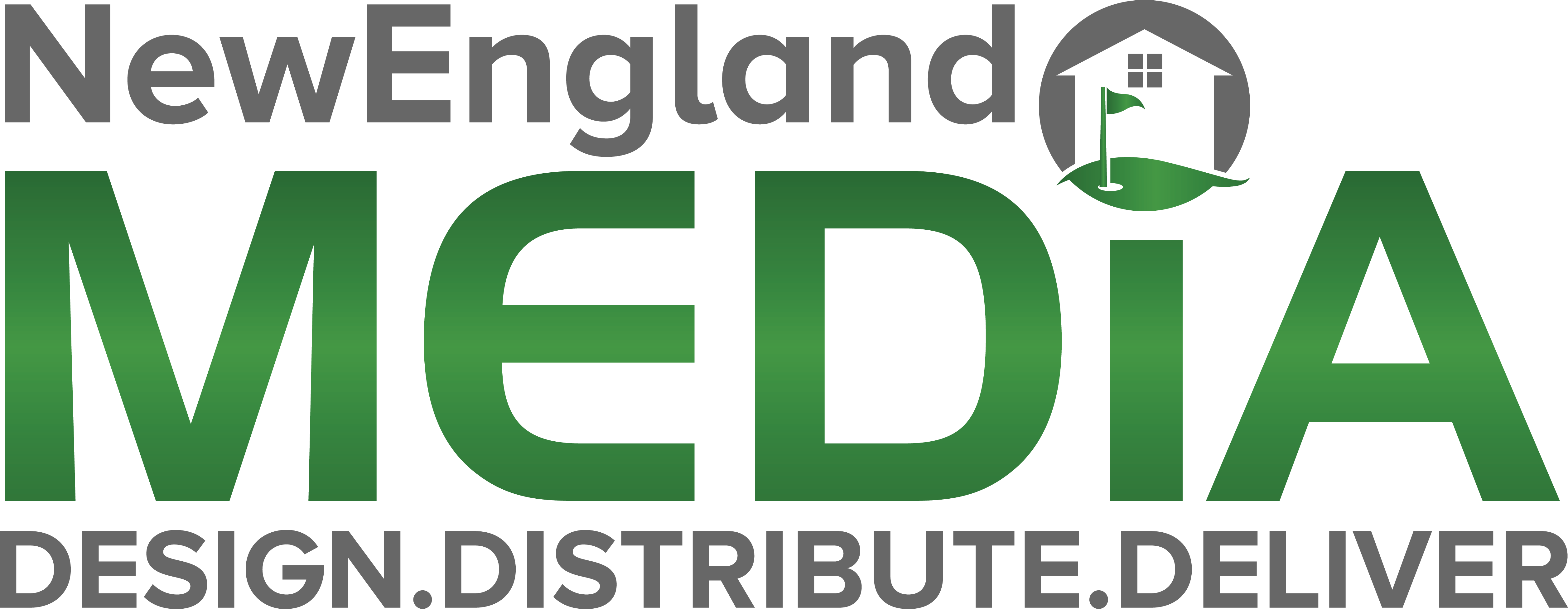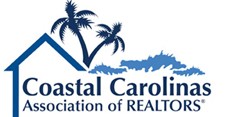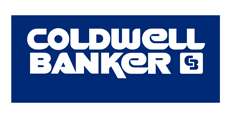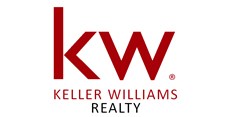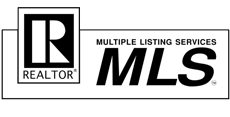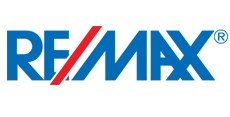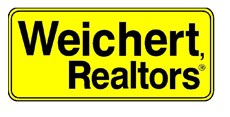Hyperlocal Marketing: Driving Force
So why is there a spotlight on this marketing strategy now? The dynamic digital ecosystem of Google, local online directories, mobile and social media is enabling companies to easily connect with customers in specific areas and allowing customers to connect with local companies on a level never seen before.
In the old days when people wanted to call a company but didn’t have the phone number, they would search the White Pages. If they wanted to find a type of business, they’d search the Yellow Pages. But in today’s digital world, search is king. If a local company is targeting a local market but doesn’t have tremendous name recognition, being found by search engines is paramount.
Services like Bing Places and Google My Business make it easier for local companies to be found by search engines. With Google My Business, local business listings can appear in three places on the first page of Google search results for location-based searches: in Google Maps, Google+ and within the organic Google search results.
For example, if you own a bakery with a Google My Business profile in Knoxville, Tennessee, and someone is looking for a Knoxville bakery, chances are your bakery will be listed in the “local pack”—a grouping of similar businesses—and/or on Google Maps. Companies can still pay Google for its AdWords product to be at the top of the first page for certain keywords. However, if you don’t have an extensive marketing budget, being found in the local pack can be a real gift.
That being said, if your company doesn’t have a website, it’s time to get one. Your website should be optimized for mobile and keywords (both broad and location-based, such as “Knoxville bakery”) that would help customers find you during a search. Be certain to include your company’s name, location and phone number on your website. For competitive categories, a website optimized to help search engines find it will help your company’s website rank higher. Your hyperlocal marketing strategy should think beyond current services: If Google should do away with showcasing local companies through the local pack on page one, you wouldn’t want to lose business because your company isn’t listed in an organic search.
Being on the first page of a search result is the equivalent of digital Main Street: You’re likely to get noticed faster than a business on a side street (as in, the second page and beyond of search results). Search engines also give a lot of weight to online reviews. Don’t overlook listing your local business on appropriate local directories, particularly review directories such as Yelp, Yahoo Local and Angie’s List. Reviews count heavily toward your company’s ranking within search results—any mention of your site online goes into the ranking algorithm search engines use.
Mobile’s Role
Mobile, the other force that has put renewed emphasis on hyperlocal marketing, works hand in hand with search. In 2014, for the first time ever, more searches were conducted using mobile devices than desktop computers.
Of adults online, 80 percent have smartphones, according to research from the Global Web Index. It gets even better for local businesses. According to a Google/Nielsen study on mobile search, 45 percent of mobile searches are goal-oriented, and when people use mobile search to help make a decision, they are:
30 percent more likely to visit a retailer’s website
57 percent more likely to visit a store
51 percent more likely to make a purchase
39 percent more likely to call a business
Since more local searches are being conducted through mobile devices, your company’s website should also be optimized for mobile devices. That means creating an experience specifically for mobile, and not a mini version of the desktop site. A mobile optimized website has pertinent information readily available that buyers want to see when they access your website from a mobile device. If a potential customer has to pinch, squeeze and swipe too much, chances are they’ll move on.
When it comes to mobile, you don’t have to wait for customers to find you through mobile search. You can be proactive. Consumers are becoming used to mobile marketing, as flash sales, daily deals and mobile coupons were the primary types of mobile promotion used during the 2014 holiday season. Additionally, 80.4 percent of shoppers said their perception of a retailer would improve if the retailer offered mobile deals and coupons.
Using a mobile app to connect with local customers puts you in the driver’s seat—you can communicate directly with local customers and have more control over your company’s messaging and promotions, which isn’t always the case for daily deal platforms, another form of hyperlocal marketing.
Mobile apps for small businesses don’t have to be too difficult to develop or too costly to obtain. If you’re thinking about a mobile app for your company, Go Mobile Solutions and Como are just two of the many mobile apps providers that specialize in apps for small businesses.
Social Media’s Influence
Although both Facebook and Twitter have a small-business division, each platform has a different approach to helping local businesses reach their customers. Twitter shows local companies the value of using social media for business, how to create a content strategy, grow a Twitter community, engage followers and drive business sales. Twitter’s deal with Google reportedly will enable tweets to show up in search results and could make Twitter a game-changer in the hyperlocal marketing landscape.
Facebook can also be an excellent platform for targeting local customers. Through Facebook advertising, your company can target existing and customers within a mile of your business, including specific demographics. You should make sure your Facebook posts are hitting the two most important features of hyperlocal social media marketing: to build relationships and increase sales.
Hyperlocal Marketing the Old-Fashioned Way
Besides these digital technologies, the use of traditional marketing methods—such as attending and sponsoring local events, direct mailing, and connecting with local radio and newspapers—is still relevant to hyperlocal marketers.
While hyperlocal marketing has been around for a while, we now have a range of tools to engage and acquire local customers. The good news is that today we don’t have to stay in one lane.




